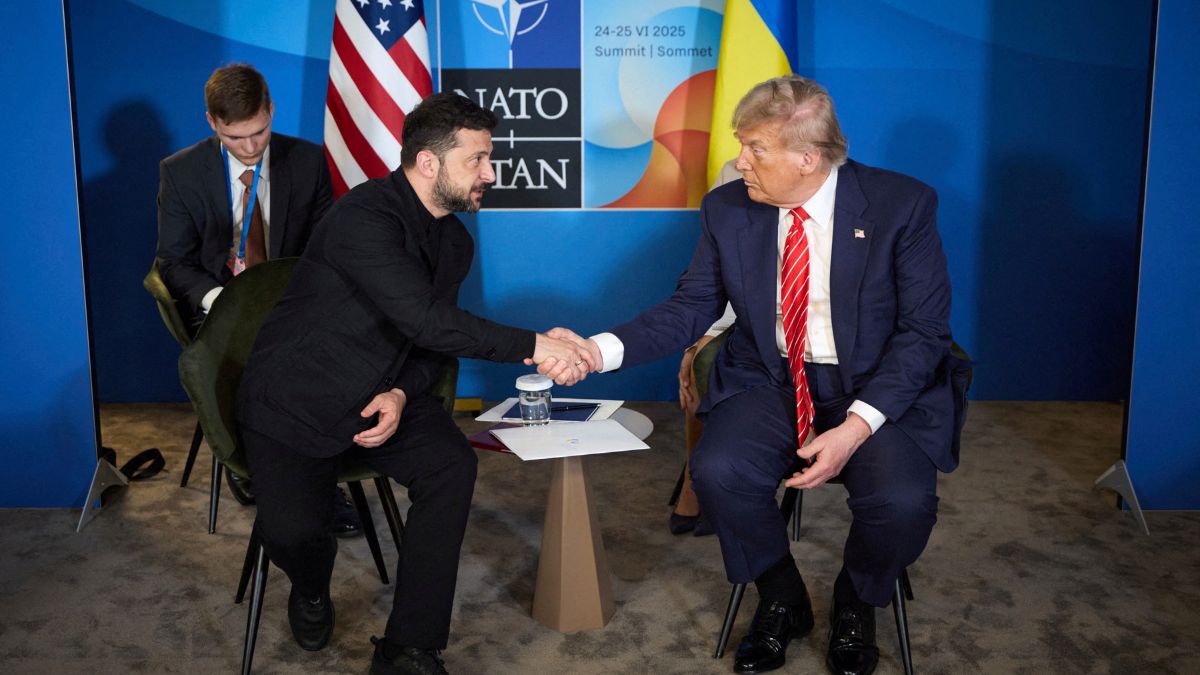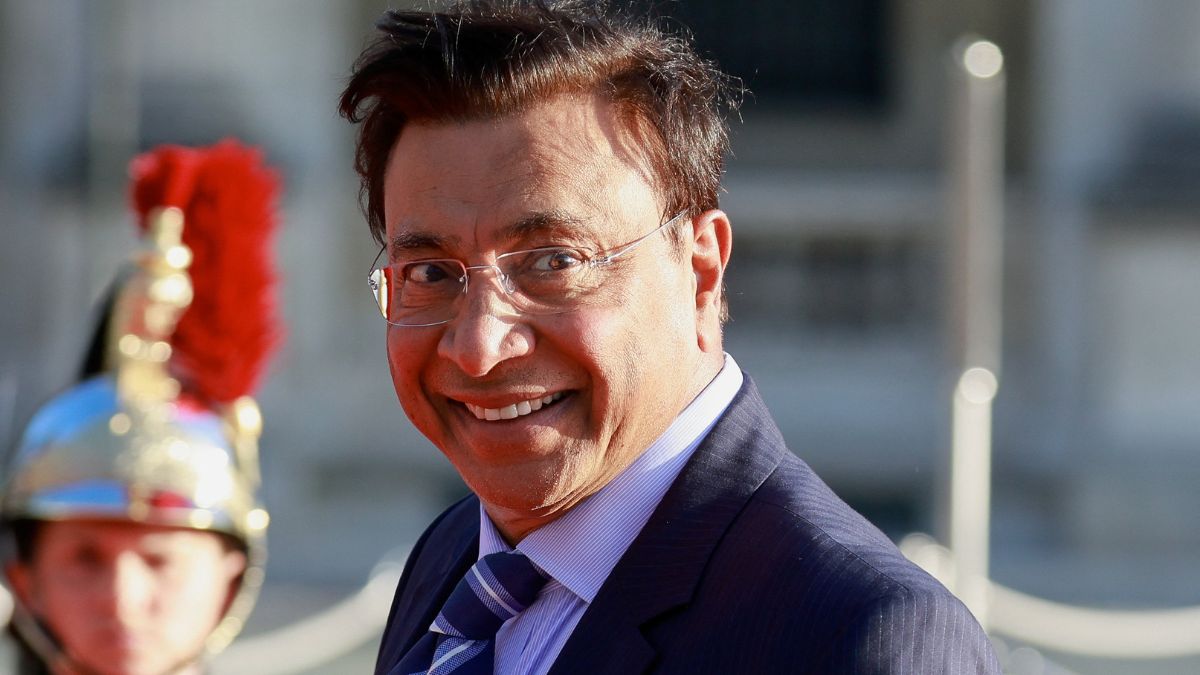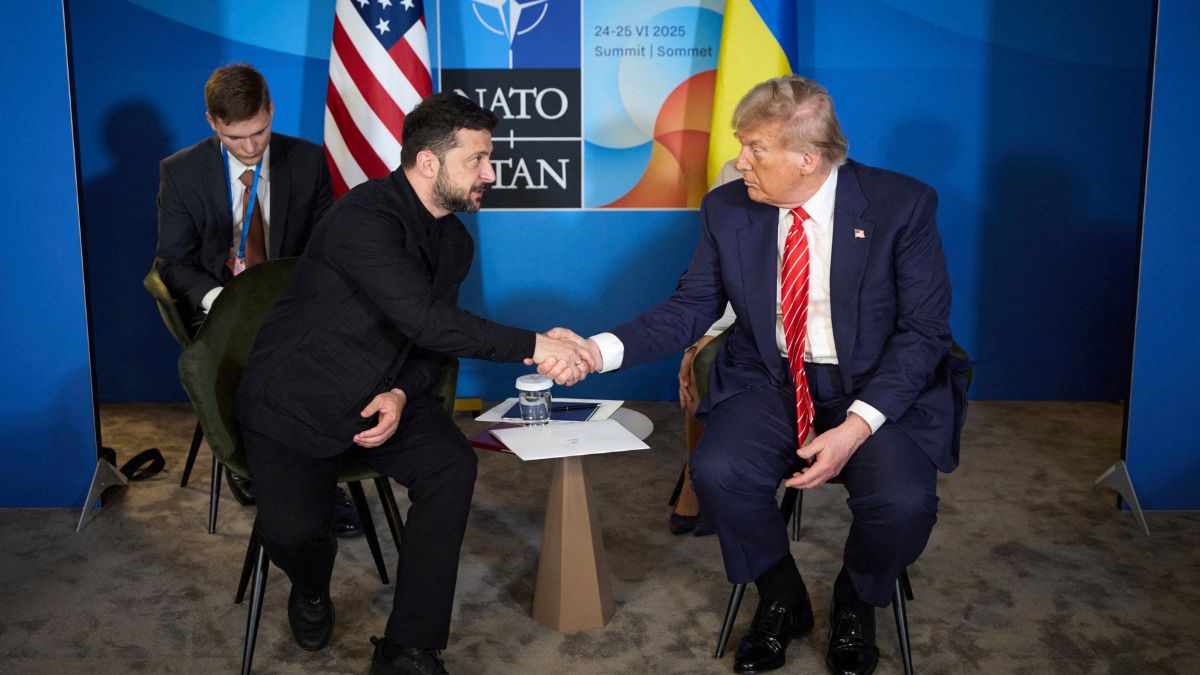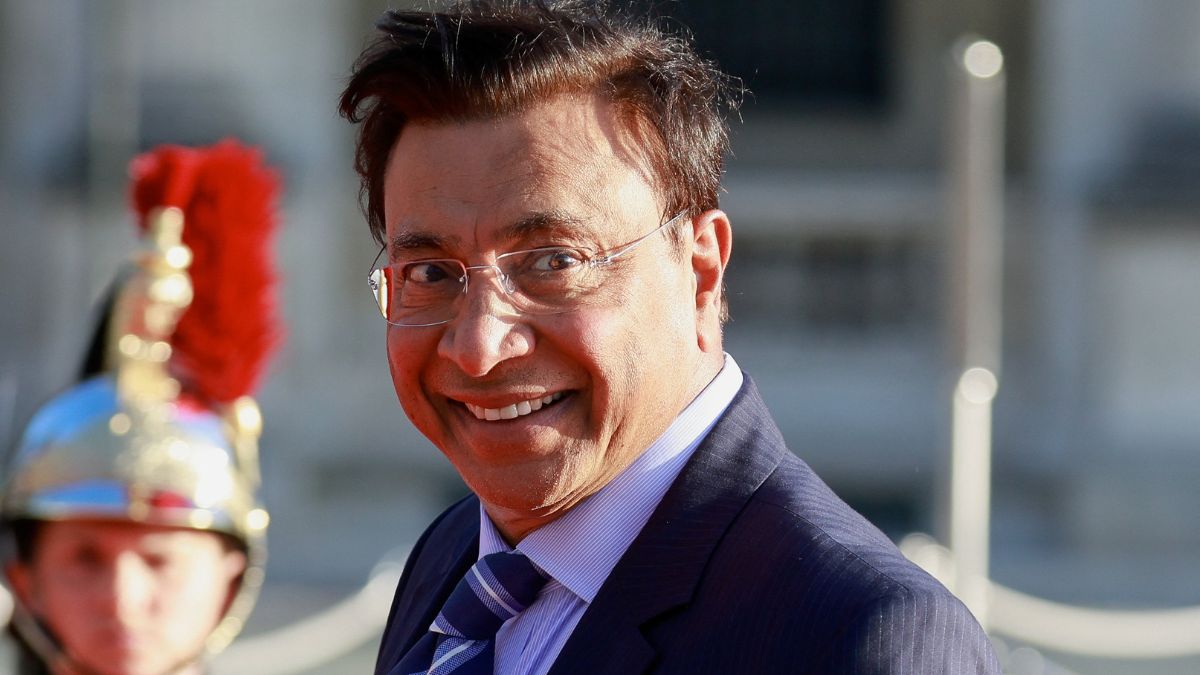Rajnath Singh’s remarks about Sindh seem to have rattled Pakistan.
The Defence Minister, speaking at an event on Sunday, said borders might change and that Sindh might return to India someday. Rajnath was quoting senior BJP leader and ex-Deputy Prime Minister LK Advani while making the remarks at the Sindhi Samaj Sammelan Programme in New Delhi.
Rajnath’s remarks come as tensions remain high between India and Pakistan in the aftermath of Operation Sindoor in May, which New Delhi conducted as a response to the Pahalgam terror attack in April.
But what did Rajnath say exactly? How did Sindh become a part of Pakistan? What is its link to India?
Let’s take a closer look.
What Rajnath said
Rajnath said that the province of Sindh civilisationally will always be a part of India.
“Today, the land of Sindh may not be a part of India, but civilisationally, Sindh will always be a part of India. And as far as land is concerned, borders can change. Who knows, tomorrow Sindh may return to India again.”
He brought up Advani’s book on how Sindhi Hindus still think of Sindh as their own.
“I’d also like to mention that Lal Krishna Advani wrote in one of his books that Sindhi Hindus, especially those of his generation, still haven’t accepted the separation of Sindh from India,” he added.
Rajnath said this is true of many Indians who consider the Indus River sacred.
“Not just in Sindh, but throughout India, Hindus consider the Indus River sacred. Many Muslims in Sindh also believed that the water of the Indus was no less sacred than the Aab-e-Zamzam of Mecca. This is Advani ji’s quote,” he added. “Our people of Sindh, who hold the Indus River sacred, will always be our own. No matter where they are, they will always be ours.”
A brief look at Sindh and its link to India
First, let’s take a brief look at Sindh.Sindh is located in southeastern Pakistan. It has Balochistan to its west and Pakistan’s Punjab to its east. Sindh is Pakistan’s third-largest province by land and second-largest by population. It is part of the Indus River delta, from which it gets its name.
While several languages are spoken in Sindh, the main indigenous tongues are Sindhi, Seraiki and Balochi. Urdu, which is the official national language, Punjabi, Gujarati and Rajasthani, are the most common. Urdu and Sindhi are taught in schools. Like other areas in Pakistan, the population is predominantly Muslim. This is mainly because of the hundreds of thousands of Muslims who arrived from India after Partition. The province’s economy relies mainly on agriculture. However, it is also one of Pakistan’s most industrialised regions.
Present-day Sindh, whose capital is Karachi, was said to be at the centre of the Indus Valley Civilisation (2300 to 1750 BCE), comprising the sites of Mohenjo-daro, Amre and Kot Diji. Sindh was then ruled by the Persians under Darius I and conquered by Alexander the Great. It was later ruled by Seleucus I Nicator, Chandragupta Maurya, the Indo-Greeks and Parthians, the Scythians, the Kushans and then the Sassanids.
Then, Islam came into the subcontinent with its conquest of Sindh. It was part of the Umayyad and Abbasid empires, then ruled by Arab governors, the Mughals and Sindhian dynasties. Then, in 1843, the British took over.
But why did Sindh go to Pakistan following the Partition in 1947?
Why Sindh joined Pakistan
For that, you have to go back to 1930, when then undivided India was under British rule.
It was poet-philosopher Muhammad Iqbal, who was also president of the All-India Muslim League, who in a speech proffered the idea of establishing a separate Islamic state on the Indian subcontinent. Iqbal advocated for Sindh, alongside Balochistan, Punjab and the North-West Frontier Province (Khyber Pakhtunkhwa), joining a free and independent Muslim nation.
In 1925, the All-India Muslim League passed a resolution calling for the separation of Sindh from the Bombay Province. It took until the Government of India Act of 1935 for Sindh to become its own province with its own Legislative Assembly and the autonomy to govern itself.
The Sindh Provincial Muslim League Conference then held its first session at Karachi in October 1938. It was here that the province of Sindh first raised the question of Partition – adopting a resolution for an independent state for Muslims.
On 3 March 1943, Sindh passed a resolution demanding the establishment of Pakistan, making it the first provincial assembly to do so. On 26 June 1947, the Sindh Assembly, during a special session, decided to join the new Pakistan Constituent Assembly.
As Partition approached, Sindh saw an influx of migrants from other parts of India. While Sindh did not experience the level of violence that Punjab and Bengal saw, it did see Hindu businessmen and families targeted by mobs for looting and intimidation, particularly in Karachi.
Hundreds of thousands of Sindhi Hindus, fearing for their lives, migrated to India, mostly by sea. Here, they lived in camps in Bombay, Poona, Ahmedabad, Ajmer and Bhopal set up by the government, and began the arduous task of rebuilding their lives anew. Today, Sindhis are praised for successfully assimilating into India as well as for their hard work.
Meanwhile, Sindh was amalgamated into the province of West Pakistan from 1955 to 1970. It was then later carved out as a separate province.
Sindhi leader hails Rajnath
Rajnath’s remarks have been hailed by some, including Shafi Burfat, chairman of the Jeay Sindh Muttahida Mahaz (JSMM).
“We consider Sindh not only the historical homeland of the Sindhi nation, but also the motherland of ancient civilisations. Sindh, from which India derives its very name, is the cradle of human civilisation and the birthplace of one of humanity’s oldest cultural identities,” Burfat wrote on X.
“We firmly believe that the people of Sindh have never been historically connected to Arab or Turkic powers based on religion or ideology. Instead, our civilisational, cultural and historical roots have always been deeply linked with the land of Sapt Sindhudesh, India,” Burfat added.
“Punjab-dominated Islamic theocracy has imposed political oppression upon Sindh. Vast areas of Sindh’s river, coast and millions of acres of land have been occupied by Punjabi imperial interests and their corrupt, militarised establishment. The economic resources of Sindh are being exploited, while deliberate attempts are underway to artificially alter the demographic structure of Sindh.”
“The freedom movement of Sindhudesh is being brutally crushed. Through state terrorism, repression and inhumane violence, the Pakistani state continues to throw mutilated bodies of Sindhi political activists into the lap of Sindh. Pakistan has become a lethal poison for the very existence of the Sindhi nation.
“In this grave situation, the recent statement by India’s Defence Minister, Shri Rajnath Singh, that Sindh may, in the future, become a part of India, is seen by us as a ray of hope for the national unity, survival, security and the re-emergence and completion of the Sindhi nation,” Burfat said.
Pakistan condemns Rajnath’s remarks
Pakistan on Monday slammed Rajnath’s remarks, calling them delusional and dangerously revisionist.
“Pakistan strongly condemns the Indian Defence Minister’s delusional and dangerously revisionist remarks regarding Pakistan’s Sindh province,” Pakistan’s foreign ministry said.
“Such statements reveal an expansionist Hindutva mind-set that seeks to challenge established realities and stands in clear violation of international law, the inviolability of recognised borders and the sovereignty of states.”
“We urge Mr Rajnath Singh and other Indian leaders to refrain from provocative rhetoric that threatens regional peace and stability. It would be far more constructive for the Government of India to focus on ensuring the security of its own citizens, particularly vulnerable minority communities,” it added.
This isn’t the first time Rajnath has caused controversy with his remarks on Pakistan.
In October, Rajnath, during a visit to the Lakki Nala Military Garrison in Gujarat’s Kutch region, warned Pakistan against carrying out any misadventure against India.
“Even after so many years of Independence, a border issue is brought up on Sir Creek. India has tried diplomacy several times to solve the issue but Pakistan has malafide intentions (niyat me khot). The way Pakistan has set up military infrastructure in the Sir Creek area shows its intention.”
“If Pakistan tries any misadventure in the Sir Creek area, it will get such a strong response that both history and geography will be changed,” Rajnath added.
With inputs from agencies


)

)
)
)
)
)
)
)
)



